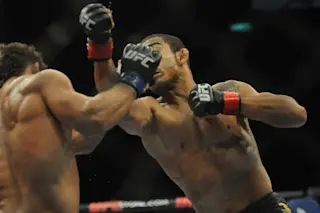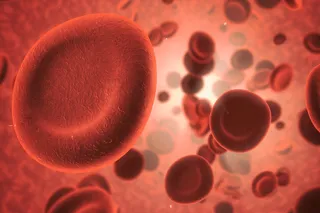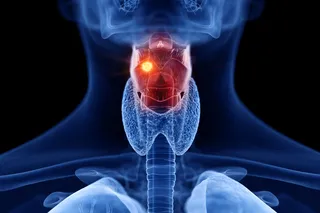Michael Bisping has fought professionally in mixed martial arts since 2004. Last year, the journeyman won his first title. He knocked out Luke Rockhold in the first round to win the middleweight belt in the Ultimate Fighting Championship, or UFC, the most popular of several MMA organizations.
On Nov. 4 of this year, at age 38, Bisping defended his title for a second time. His opponent was the Canadian Georges St. Pierre, a former UFC champ. The fight, held in New York’s Madison Square Garden, was close until the third round, when a series of blows knocked Bisping to the canvas. Pierre pounced on the fallen fighter and applied a rear-naked choke, cutting off oxygen to Bisping’s brain. His body went limp.
On Nov. 25, within weeks of going limp, Bisping was in the octagon again. This time 7,000 miles away in Shanghai, China. He had volunteered to fight a ...














